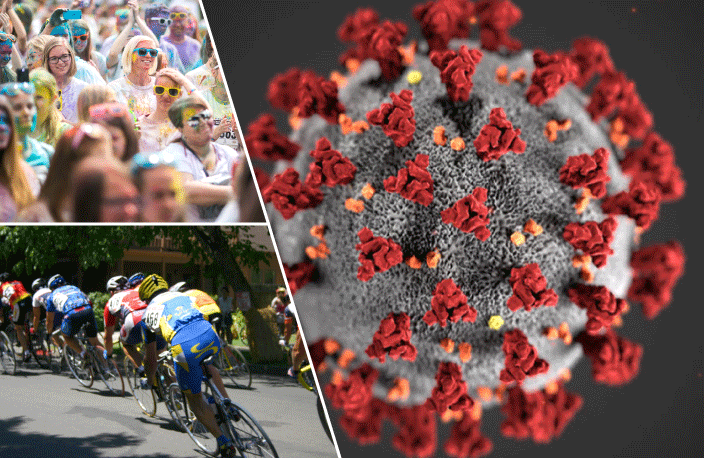Over the past two weeks, a number of large conferences have announced they are canceling their events. Among these was the Austin, Texas-based SXSW, which was scheduled to start on Friday, March 13. The city of Austin issued an emergency disaster declaration on March 6 effectively canceling the event. A number of major companies had already pulled out or canceled their on-the-ground participation or project debuts (planned for the show), including Netflix, Warner Media, Apple, IBM, Facebook and Amazon. Pearl Jam also announced that they canceling their summer concert series. In the coming weeks, I imagine we will be seeing more of these types of announcements.
If major companies and celebrities are pulling appearances, what does this mean for your spring events? The good news is that fundraising happens leading up to event day and is primarily managed through the digital tools provided by your fundraising platform, the Boundless Fundraising Mobile Fundraising Suite and Facebook Fundraising. So there is no reason for your participants to stop! They can still meet and exceed their goals leading up to event day.
The real question is what happens to your in-person events? I can’t tell you whether you should or shouldn’t continue with your plans for event day (please check with your legal and/or risk management teams), but I can offer an alternative to consider. Event day is all about celebrating the efforts of your community. The same digital technologies that support your fundraising also provide an option to host a virtual event experience, where your participants can still come together as a community to celebrate and you can thank your loyal fundraisers.
Also consider how you are messaging both the fundraising aspect of your events (in your participant coaching activities) and any planned changes to event day. Messaging around COVID-19 is a part of that, and your audience will appreciate your consideration for their safety. Don’t shy away from the topic. Instead, use these communications as an opportunity to reinforce the message that your event is a fundraiser first, and the need for their continued involvement is more important than ever.
Whether you choose to create a virtual event or cancel, there will be future opportunities to celebrate but without your participants’ fundraising efforts, the damage from COVID-19 will reach much further, hurting the individuals and families that would otherwise benefit from your mission.
Loved hearing from Sue and wondering how we can help ?


